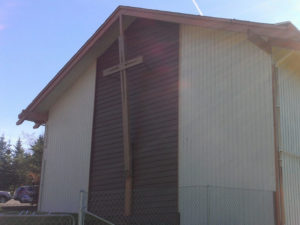“Being the Church for One Another”
Mar Thoma Church of Greater Seattle
Kent, WA
By Anna Stamborski
 “Hey, it’s my church, let me do it,” said a congregant of Mar Thoma Church of Greater Seattle (MCGS). About two years ago there was a water breakage around Christmas time. No matter their role in the church or their profession, “people stepped in.” Even before the trustee, Mr. Toji, could call others to help him start to clean up, people showed up and stepped in without needing direction. There was a collective sense of commitment, urgency, and assertiveness in taking care of their church. While the congregation helped take out the carpeting, one congregant noticed that certain wires were an eyesore and wanted to fix them and run them all under the floor. Mind you, he was a father of young kids ranging from one to five years old, but he came “day and night after working to get it all done,” and he “did it by himself.” This type of commitment is one of which a pastor would dream. Imagine if the congregants lived fifty miles away. That’s an even higher level of commitment!
“Hey, it’s my church, let me do it,” said a congregant of Mar Thoma Church of Greater Seattle (MCGS). About two years ago there was a water breakage around Christmas time. No matter their role in the church or their profession, “people stepped in.” Even before the trustee, Mr. Toji, could call others to help him start to clean up, people showed up and stepped in without needing direction. There was a collective sense of commitment, urgency, and assertiveness in taking care of their church. While the congregation helped take out the carpeting, one congregant noticed that certain wires were an eyesore and wanted to fix them and run them all under the floor. Mind you, he was a father of young kids ranging from one to five years old, but he came “day and night after working to get it all done,” and he “did it by himself.” This type of commitment is one of which a pastor would dream. Imagine if the congregants lived fifty miles away. That’s an even higher level of commitment!
Many Christians have a church home, a church they can point to and say, “That’s my church,” but Mar Thoma Church of Greater Seattle takes the meaning of “my church” and forces that statement to be literal. While many churches are started by their denomination, this was not the case for MCGS. The Mar Thoma denomination did not start this church; five families who had a desire to find and create a community for Mar Thomites who immigrated to the U.S. started the “church” 22 years ago. For two years these families met together in each other’s homes without a church building and did not have their own priest. Church activities were facilitated by the families. While today MCGS has a church building, the sense of initiative and ownership still rings true for the congregants of MCGS.
Responding to the problem of a lack of space in America for first generation Mar Thomites to engage with each other and feel a sense of belonging, these congregants created their own Mar Thoma church. They took on the role of “being church” for each other. They fundraised to pay for the salary of the priest and to buy a church building. This sense of ownership still holds today. Congregants are actively involved and lead in the Sunday services, prayer meetings, events, conferences, and Sunday school. Having carved out a space for their own, they give back to the surrounding community in the overflow of what they have.
This commitment to providing a space for first generation Mar Thomites to engage in their denomination (which is deeply tied to their identity and culture) grants insight into how they view God and their role in interacting with the outside community. This is important because it gives us a view into the role of immigrant churches and the tension they face in being a space not only for first generation Mar Thomites, but also for second, third, and even fourth-generation children of Mar Thomite descendants who might not identify with first generation immigrant experience, values, and even religious desires. I wonder what this means for the identity and makeup of the denomination? Is their view of God and church flexible enough to withstand changing tradition? For a church that seems to be built on a history of innovation and creation, how will they frame preserving tradition in light of this struggle to retain their youth? Will they keep tight to their traditions and shift into recruiting non-native Mar Thomites? Will they adapt to keep hold of their youth, or is there another way completely?
As described above, Mar Thoma Church of Greater Seattle was a product of the Mar Thomite community’s desire to find a space to come together and belong. Most Mar Thomites come from Kerala, India and speak Malayalam. The Mar Thoma denomination was started in Kerala and is said to have been started by St. Thomas the apostle in 52 c.e. Pastor Sam, or “Achen,” as he is referred to by his congregants, explained bishops in India told the Mar Thomites in the Seattle area to attend the “local . . . churches rather than [pursue a] separate identity.” However, as time passed, the bishops realized that the Mar Thomites were under a lot of stress due to the American “work culture” and thought that “forming a congregation with the Indian languages . . . [and with] more or less homogenous community . . . would provide them more comfort and spiritual nourishment.” While the original group of families would meet together to bond, a Mar Thoma priest was necessary to administer the sacraments. Therefore, during this time the priest would come once a month, commuting from San Francisco up to the Seattle area to support this community. As the families grew, they petitioned the bishop to allow them to start a church, and when it was approved, one of the founding congregants, Abraham Thomas, said, ‘I know we were so happy. Our own church that we can go [to] and we can say that we all come, sit together as one family, and worship our God. That is the greatest joy that I have.” They had to fight every step of the way to get to the point where they are today, whether it was getting visas for the pastors, saving enough money to buy a church property, or saving for ten years to buy a house for the pastor.
Nowadays, MCGS has a congregation that consists of about 100 families that come from a 50-mile radius around the church, though the church’s virtual reach extends nearly 200 miles away to Portland, OR. Three out of four Sunday services are in English; the other is in Malayalam. They offer a wide and varied amount of programming from volunteering at the Ronald McDonald House, Seattle Union Gospel Mission and ministry among the homeless, a Senior Choir, Junior Choir, Youth Fellowship, Edavaka Mission, multiple prayer groups, Sevika Sangam, Young Families Fellowship, Sunday School, and Vacation Bible School. And this doesn’t include all they’ve added during COVID-19!
In the book Divided by Faith: Evangelical Religion and the Problem of Race in America, sociologists Michael Emerson and Christian Smith argue that the U.S. is a “religious marketplace.” The idea is that congregants are seen as “consumers” who are “free to choose among alternatives.” Therefore, churches compete for congregants by trying to “specialize to meet the demands of one submarket.” This ultimately leaves others’ needs unmet, but those needs are filled by other “suppliers.” While this might sound abstract and far from reality, these are the waters MCGS swims in. As a woman who grew up in this American religious marketplace, it surprised me that when Mar Thoma Christians immigrated to the U.S. they didn’t find a different church when they realized that there was no congregation of their denomination. Even churches in which their home nationality and language were similar didn’t fit. Mr. Toji, one of the founding members, explained to me that a different religious dynamic functions in India. He explained that in India people don’t switch denominations and even churches. People don’t leave a church or denomination “just because” and go “check out” other churches. Everyone knows each other in a church and would notice if someone new came. Abraham Thomas, also a founding member, spoke about a similar dynamic. He and his wife both have families that have been in the Mar Thoma denomination for “several centuries.” In our focus group discussion, all but one of the congregants grew up in the Mar Thoma denomination. This religious marketplace doesn’t exist where they’re from. These congregants seem to be the opposite of consumers. They’re producers and have ownership of their church and what they produce. The lack of a religious marketplace in India seems to explain why there is such a high level of commitment from the congregants. I maintain that many other factors have added to this high level of ownership from the congregants.
While attending a prayer meeting that lasted 90 minutes, I was stunned to see that over 10 people had a part in the Zoom meeting. Whether it was reading a piece of Scripture out loud, facilitating prayer requests, or sharing a short meditation, it almost felt like the goal was to get as many people involved as possible. I thought that maybe it was an anomaly, but I noticed the sheer number of lay leaders who facilitated all the programming while looking at the website. I wondered where this desire to be an active participant in the church came from. The first reason seems to be that the parishioners themselves started this church! They didn’t start off looking for a church at which to be “consumers.” They went out of their way to create this church, and it is theirs!
I perceive that another reason this church has such a high amount of commitment is the background of the parishioners themselves, which is much different than that of the wider community. As shared earlier, bishops originally wanted the Mar Thomites to join “American” churches and not to separate themselves. Still, they found the churches to be lacking a sense of belonging. There is something to be said for a desire to “belong.” Multiple parishioners spoke directly to wanting to find belonging and finding that in a Mar Thoma church. Mr. Toji shared, “I like being part of the community,” and Bonny spoke to finding a “sense of belonging.” Rupin spoke even more directly to the reality of an immigrant coming to America and finding support in this transition. He explained that he found it “easier to transition into the U.S. Easier to connect to people, people with so much more experience than you.” Imagine moving to a new country and needing support in finding a job, schools for your kids, understanding insurance, anything. There seems to be a practical and personal desire to be around people from a similar background who deal with similar pressures. The sheer fact that they have immigrated to this country shows a certain amount of agency, initiative, gumption, and perseverance in their own lives. In the words of Mr. Toji, “they immigrated, and they struggled a lot to build.”
While all of these factors add to a sense of ownership, there’s a component that I was unaware of that is baked right into the Mar Thoma denomination. Achen explained to me that within the denomination, lay leaders can do everything but administer the sacraments. Therefore, it is technically unnecessary to have the priest lead and facilitate many parts of the “Holy Qurbana” (which literally means Eucharist but refers to their Sunday service) or other church programs. Additionally, Mr. Toji explained that every three years the priests rotate churches. In between, there are gaps of time in which there is no priest. Thus, the parishioners have to fill in for the priest. This system forces the congregants not to grow too dependent on the priest to be the sole leadership and initiative provider. It seems that even outside of MCGS, within the greater denomination there is a sense of ownership of one’s own church because your priestly leadership will consistently be turning over.
Even though it is an immigrant-fed church filled with people committed to this denomination and each other, MCGS hasn’t become an insular space. What has been stunning has been that these immigrants who paid for the building and a house for their pastor are also bent on positively impacting their new community. Achen said it perfectly:
Majority of us… the working class here…started [our] education and life in India. And now by God’s grace, they have a good job [in the US], and…they have a lot of spiritual and physical blessing. So, they take initiative…in whatever way they can [to] help people, even in the local neighborhood, and also in India. They support the cancer patients, they support the sex workers, children in India, and some of the rural areas where the churches [have] mission[s]…And [they also support] our local Seattle area. They try their best to [be involved] with the homeless ministry and some of the other ministers, so that is the great lesson that I learn…I really respect my congregation for their love towards community.
The denomination has set the tone in this matter. The denominational saying is “Lighted to Lighten.” Mr. Toji was able to name this tenet as well: “Every Mar Thomite is an evangelist . . . [you] need to lighten yourself and then spread that light to others.” When I posed the question as to how they were involved in the community, Mary Thomas, a founding member herself, shared that they help at the Ronald McDonald House to make Thanksgiving dinner for people experiencing homelessness, volunteer at a food bank, and are currently doing a clothing collection for people who are in need. A parishioner named Joseph shared an annual event they engage in called the “Harvest Festival” in which most of the money raised is “[donated] to the cancer patients and marriage help and building houses. . . This year we raised over a $100,000.” A church that was created to be a space of belonging is also making sure others have their needs met. This assertive posture has not stopped with the arrival of COVID-19.
While some might be concerned how COVID-19 would interfere with a church, the characteristics of initiative, endurance, ownership, generosity, commitment, and love for each other and the greater community have only been amplified during this time. When I asked how COVID affected their church, parishioners spent the first 20% of the time talking about the negative consequences. They quickly moved on to talking all about the positive ramifications of it. COVID-19 has made it difficult for parishioners to meet with each other and administer the Qurbana. While Achen shared that he didn’t believe they “[prepared] enough for” COVID-19 and transitioning online, he also said that there have been “so many blessings . . . [associated] with the virtual platform.” Even before COVID-19 hit, they were thinking about decreasing their budget, and they considered live-streaming services for weekly meetings. Therefore, they smoothly transitioned to having virtual platforms, including worship services, prayer meetings, and all. This is the case because most people who attend the church are in the tech industry, so most were comfortable moving in this direction. Achen even shared that there was a general willingness on the part of older folks not working in tech to learn from others.
Not only has COVID-19 pushed them to continue holding their services virtually, but it has also encouraged them to innovate in other ways. Almost every day there are “some kind of services. [We have] two weekly services [on] Tuesday and Thursday. Then we have a prayer meeting . . . senior citizens have their own group. Youth have their group.” Mary Thomas shared that “a lot of people are calling each other,” and Achen added that younger folks are “reaching out to our seniors.” And the ever-present struggle to get youth involved has become easier! Mr. Toji shared that if they can open Zoom on their computers for school, they can do it for Sunday school! Even for their church-wide conferences, they’ve been able to have speakers from India teach because they didn’t have to fly them out. Nelvin, a parishioner, said that “the church [is] meeting more frequently than before,” and Mr. Thomas observed that the “numbers went up quite a bit” during the Sunday service.
Why this might be the case, as Achen explained, is that parishioners come from as far away as fifty miles, and if there were any events on Sunday after church, it would be a full day ordeal. Imagine driving to a Bible study after a long day of work that’s 50 miles away. Now imagine how much more accessible it would be if all you had to do was open your computer. Therefore, having to log-on versus driving 45 minutes to church makes church activities more accessible for the young and elderly. An excellent example of this is a new family who started attending during COVID-19. The family is from Richland. “Richland is in eastern Washington, some 200 miles from our place. So, we can still accommodate all those children and members” because of moving online. COVID-19 has taken this committed and assertive church community and only amplified these characteristics.
Looking back to the discussion of the religious marketplace above, it must be acknowledged that while Mar Thoma Church of Greater Seattle is a thriving congregation, it is struggling under the fact of having to compete in this religious marketplace. MCGS is currently “sustained by the immigrant community right now,” as explained by Mr. Toji. If immigration stops, so does the church, he added. First generation Mar Thomites make up most of the congregants, and second-generation Indian-American children also attend the services. Still, the trope has been that they don’t return to a Mar Thoma congregation once they go off to college. “They are good Christians, but they’re in a different denomination . . . because our liturgies might be boring.” As explained by Mr. Thomas, “Kids are out there because they liked that rock concert.” There seems to be competition with more modern churches, “praise and worship or Pentecostal churches,” as Mr. Toji put it.
As it currently stands, if the immigration stops, the church will decrease in size. Mr. Toji put it perfectly: “Either it becomes an immigrant church . . . where first-generation immigrants come and worship and their kids go off and do something else, right? . . . [Or] if you have to keep the second, third, and fourth-generation . . . [it] need[s] to change.” With this specific tension in mind, it causes me to wonder how deeply they have intertwined their view of God, church, and tradition and how might they be responding to this challenge?
The same innovation and commitment we’ve seen from Mar Thomites – whether in building their own church from the bottom up or responding to a global pandemic – are the qualities with which they meet this question of how to retain second-generation Mar Thomites. They have brought their energy and inventive spirit to every challenge they’ve faced, and I believe they are doing the same with this one. Some current solutions that MCGS is piloting to retain young folks are engaging them in leading programming and parts of the Sunday service (they lead it once a month!) Additionally, they have an intergenerational choir. Some current ideas within American Mar Thoma churches are to specifically have a youth pastor to help reach out and retain the second-generation youth. Because MCGS is a smaller congregation, however, they don’t have the financial capacity to hire a youth pastor. As it is, there are no Mar Thomite seminaries in the U.S., so it’s a tough transition to have second-generation Mar Thomites go to India to be trained for four years and then come back. Furthermore, for pastors here, there is no 401k support. Therefore, the denomination is currently looking into finding creative ways to get American-born Mar Thomites to become priests. Other churches have sought to address subsequent generations directly; there is a congregation in New Jersey created explicitly for second-generation Mar Thomites, and it has an American-born pastor.
However, due to all the ways in which the parish has been able to engage leaders and speakers virtually, Aby shared, “I guess the one thing to reflect on is, especially in this online connected world, do we really need to have a pastor in person here?” He then pointed out how COVID has now shown them that they could even have “remote services that can be something that can help our youth.” Therefore, it might not be necessary for a potential youth pastor to live in the same area to serve the youth! While this seems to be a harsh reality to swallow, this congregation brings the same attitude they always have. I wonder what the future of Mar Thoma of Greater Seattle will entail. Will they hold tight to preserving tradition, will they innovate to maintain youth attendance, or will there be an entirely new way that God is calling them into? As God has sustained them through immigrating, creating their own church, and finding each other, I believe they will continue in the same way. As Mr. Thomas said it resolutely, “so that’s one thing we are facing, but we will overcome . . . We’ve overcome difficulties before, and we will overcome [this new challenge] soon.”


